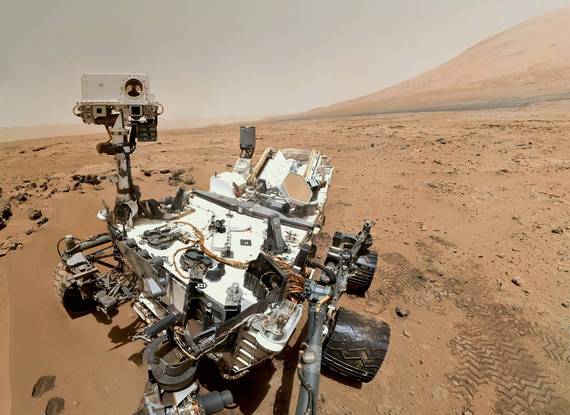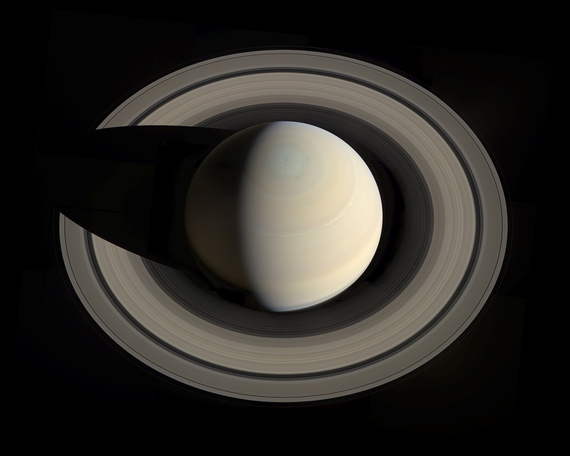It has been over 45 years since the first Moon landing. Neil Armstrong, Buzz Aldrin, and Michael Collins made a journey for the ages as the Apollo 11 mission rocketed humans to another world. But, what have we done lately?
While the manned space program is in limbo, scientists are experiencing a golden age of unmanned missions in our solar system. Currently there are unmanned probes orbiting the Moon, Mercury, Venus, Mars, Saturn, and a comet. Two spacecrafts are en route to Mars and one is heading for Jupiter. Ceres, the largest asteroid, will be visited next summer as will underdog dwarf planet, Pluto. And 37 years after leaving Earth, Voyager 1 and Voyager 2 continue to send data from the far reaches of the solar system.
Zooming Through the Solar System
The Messenger mission is completing the first global map of the planet Mercury. Half of this closest-planet-to-the-Sun was completely uncharted up until a few years ago.
In the 1990s, the Magellan mission radar-mapped the mysterious surface of Venus whose thick atmosphere obscured our view from Earth. Now the European-led mission, Venus Express, continues the exploration of our sister planet.
At the Red Planet, Mars Odyssey, Mars Express, and Mars Reconnaissance Orbiter are gathering high-resolution images of surface features as small as a few feet across. The MAVEN mission arrives later this month along with the first interplanetary Indian mission called Mangalyaan or Mars Orbiter Mission (MOM). Although one of the twin Mars rovers, Spirit, is dead (permanently stuck in the Martian sand), the rover Opportunity is still rolling into its eleventh year of operation. Curiosity, a larger rover the size of a compact car, has been rolling up a Martian mountain since 2012.
The Dawn mission orbited the asteroid Vesta, but in 2015 will closely observe an even larger target, Ceres. The Rosetta spacecraft is circling comet 67P/Churyumov-Gerasimenko and will drop a lander on this irregular, spinning 2.5 mile-long iceball later this year. Around Saturn, the Cassini mission is sharing unprecedented views of the magnificent rings, strange moons, and turbulent surface of this gas giant planet. Finally, the long wait is almost over for Pluto. New Horizons left Earth in 2006 and will be the first to arrive at the former planet in the summer of 2015.
Here Comes the Sun and Moon
Astronomers can watch the entire Sun for the first time in human history. A fleet of solar-observing spacecrafts are monitoring its every move. The SOHO mission, along with the Solar Dynamics Observatory have captured humongous solar explosions that rocket out into space at over 1 million miles per hour while the twin STEREO satellites can show us what is happening on the far side of the Sun.
Closer to home, cameras on NASA's Lunar Reconnaissance Orbiter are so sensitive that they have imaged the Apollo 11 landing spot and resolved where astronauts walked over four decades ago.
Unmanned missions have taken more than small steps and giant leaps. They have flown thousands of times farther than any astronaut. They have visited every planet, landed on some, crashed on others. Thanks to these missions, we are the first generation to know the solar system.


